BR2 uses low-enriched uranium as fuel
SCK CEN sets a course for a new world premier
The BR2 research reactor will run with low-enriched uranium in the future. By changing to this nuclear fuel, SCK CEN helps to prevent the potential spread of highly enriched uranium – a possible part of nuclear weapons. Test-after-test the nuclear research center is on its way to its goal: a switch in 2026. Then BR2 will be the world's first research reactor with high-performance fuel on low enriched uranium. Recently, the nuclear researchers from SCK CEN received a well-deserved pat-on-the-back from the United States. For the first time, three low-enriched fuel test assemblies - just like their highly enriched brothers – demonstrated their capability and served as fuel for the Belgian research reactor.
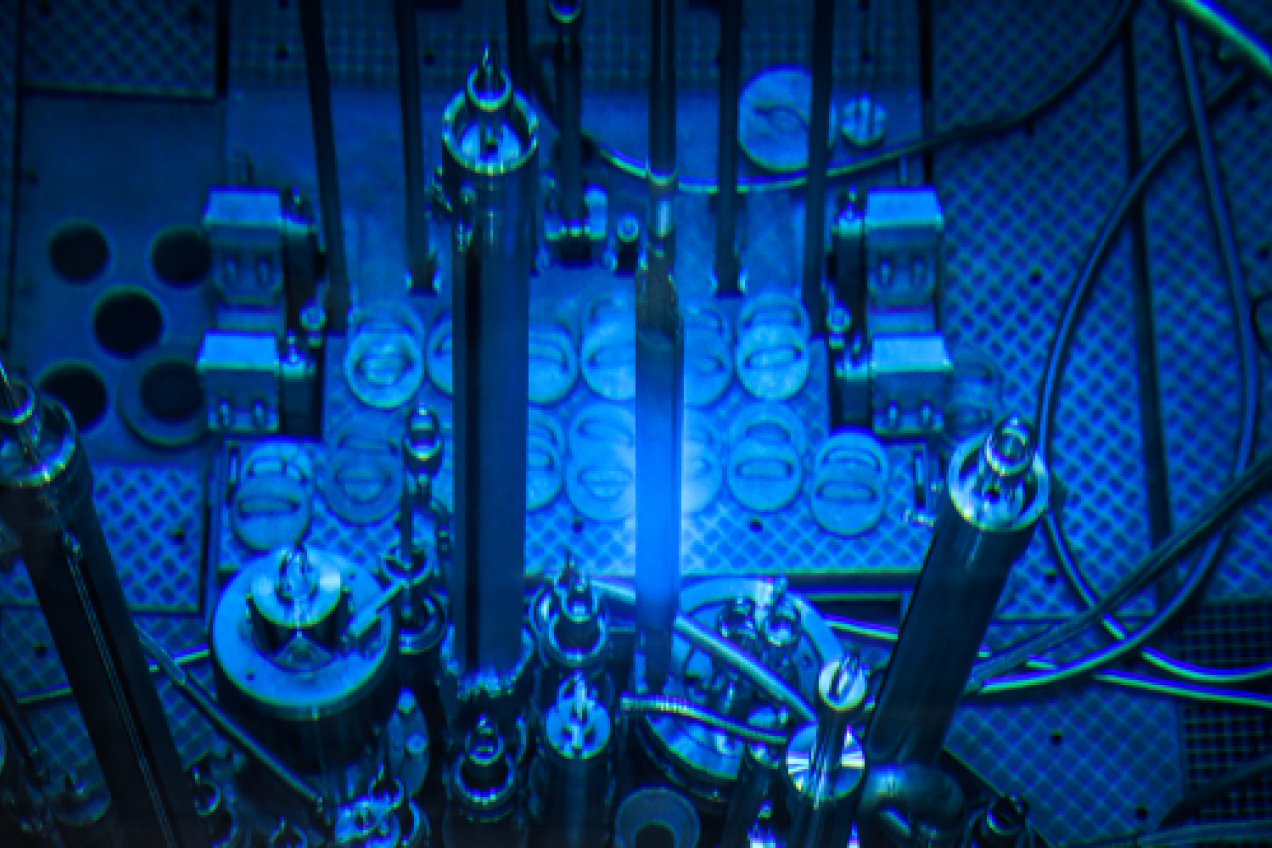
BR2 is one of the most powerful research reactors in the world. It plays a vital role in the global supply of medical radioisotopes and testing nuclear innovations. Since its beginning in 1962, the versatile facility has been running on highly enriched uranium – a possible component of nuclear weapons. The Belgian nuclear research center, SCK CEN, plans to replace this nuclear fuel – the fuel of a nuclear reactor – with its low-enriched uranium (LEU) variant. By removing the highly enriched uranium from the fuel, it helps to prevent the possible spread of that material. In this way, SCK CEN contributes with a proliferation-resistant nuclear fuel, thus contributing to a safer world.
To enable this, the Belgian nuclear research center is developing a completely new fuel type in close collaboration with the United States. However, the nuclear fuel cannot simply be changed overnight. The switch to this fuel requires extensive testing and the preparation of a significant safety file. SCK CEN must prove to the Federal Agency for Nuclear Control (FANC) – the nuclear regulatory authority in Belgium – that the new fuel type is just as safe as the current one. Moreover, the research reactor must deliver the same technical performance using this new fuel type.
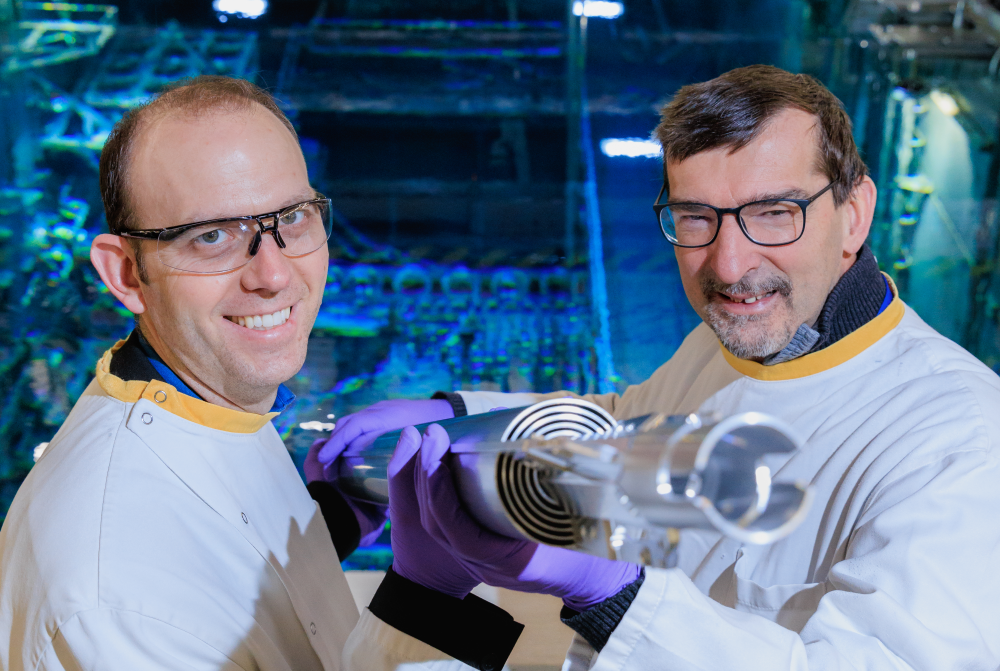
Today the nuclear research center can put even stronger evidence on the table. “Over the last 2 BR2 cycles we tested three low-enriched fuel assemblies in real conditions. For the first time, just like their highly enriched brothers, they served as a fuel for the reactor!” says Jared Wight, project manager. A new hurdle in the demonstration process has now been cleared. “After each cycle, we thoroughly check each fuel assembly. On Monday, we receive the results of those tests. We are curious to obtain the results, but, we expect them to be acceptable, just like the previous tests, demonstrating that the fuel assemblies remained perfectly undamaged, even under high power.” With each new test, the nuclear research center, SCK CEN, is approaching its destination: a LEU reactor conversion in 2026.
American congratulations over the upcoming world premiere
If everything continues to move forward as planned, SCK CEN will be able to add another first to its impressive list of achievements in 2026. “BR2 would then be the world’s first high-performance fueled research reactor converted from highly enriched uranium to low-enriched uranium as fuel”, says Steven Van Dyck, BR2 reactor manager. With this switch, the nuclear research center is helping to limit the risk of the spread of highly enriched uranium.
The US Department of Energy has praised SCK CEN for this important milestone. “SCK CEN’s successful completion of the second irradiation cycle using low-enriched uranium fuel for BR2 is a major milestone. This is the first time this high performance low-enriched uranium fuel has been used and is a crucial step toward the conversion of BR2 by 2026. Their progress sets a global example for reactor conversions to low-enriched uranium and demonstrates our ability to achieve nonproliferation goals while maintaining scientific excellence”, congratulates Corey Hinderstein, NNSA Deputy Administrator for Defense Nuclear Nonproliferation.
“Converting reactors from highly-enriched to low-enriched uranium fuel makes the world safer and highlights the vital importance of research institutes like Belgium’s SCK CEN. The long-standing U.S.-Belgium partnership on nuclear research will also allow us and the world to address the many challenges of our times, including climate change, medical advances, energy transition, and non-proliferation. Together, we can build a more sustainable and secure future,” commented Michael M. Adler, United States Ambassador to Belgium.
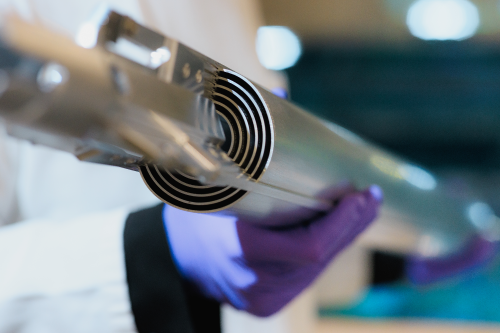
Challenging Task
The nuclear researchers at SCK CEN can congratulate themselves, because it was a challenging task. “In highly enriched uranium, we can split almost all uranium atoms. In low-enriched uranium, only one atom in five is fissile.
However, the nuclear fuel must be able to perform to the same level, so that BR2 can perform its vital missions. It’s like a driver filling their car’s tank with 20% petrol, and still wanting to travel the same distance at the same speed as they would on a full tank,” compares Jared Wight.
Three demonstration phases in the development process of a new type of nuclear fuel
The nuclear fuel has already completed several demonstration phases. "We are now in the last demonstration phase," Jared Wight explains. In the first phase, small samples may be tested in moderate conditions. This means that the power is limited and the burnup fraction - the degree to which the fuel has been burned up – is also limited. “In the second phase, we expose full-size, individual fuel plates to higher power and a higher burnup fraction. In the third phase, these fuel plates are incorporated into future fuel assemblies and tested in real conditions. As we complete this process, SCK CEN actively and concretely contributes to reduce the risk of proliferation. Each step in this process is closely monitored by the Federal Agency for Nuclear Control (FANC).
Related articles
 21 September '23
21 September '23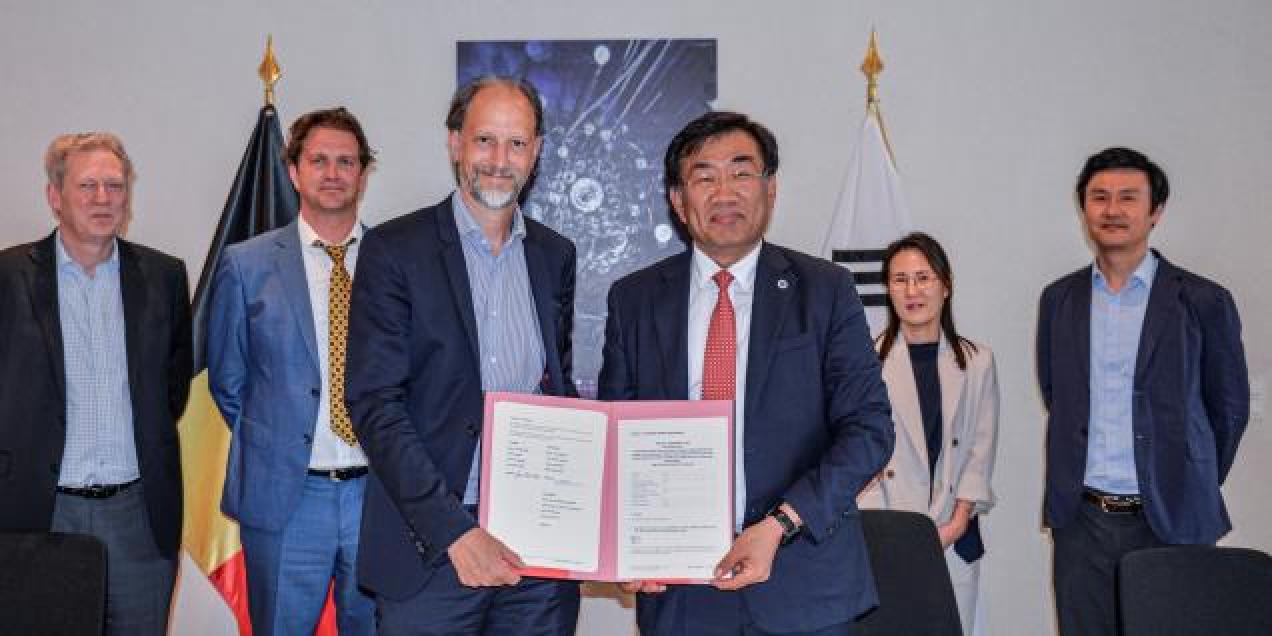 30 June '23
30 June '23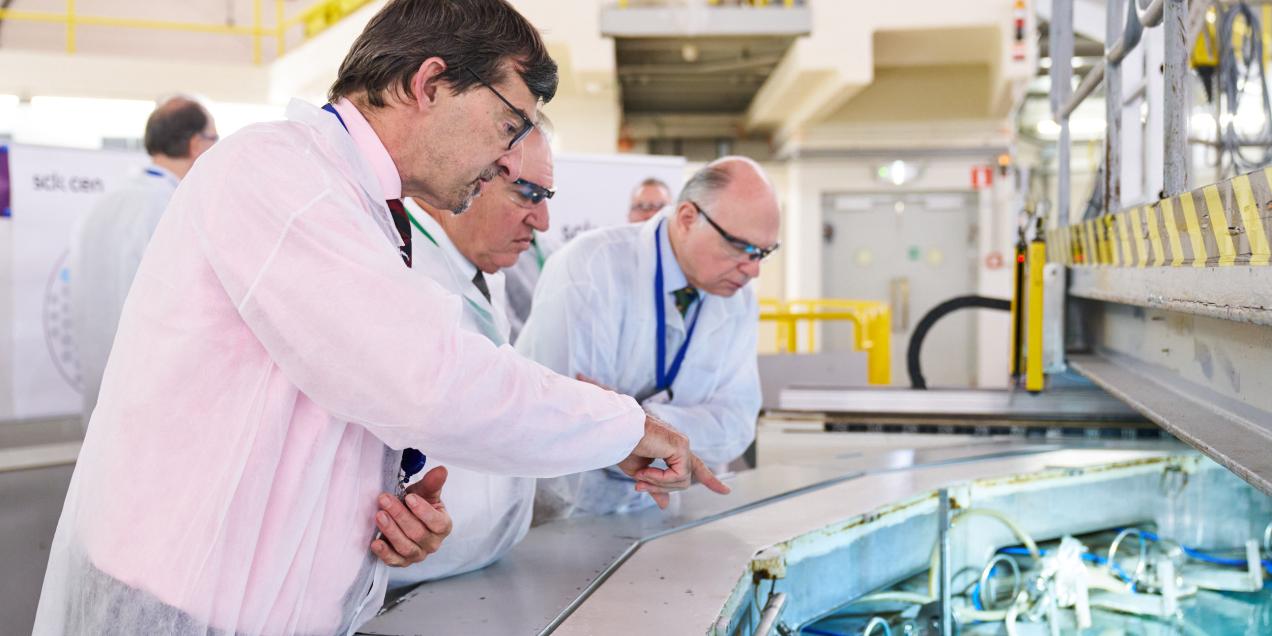 31 March '23
31 March '23